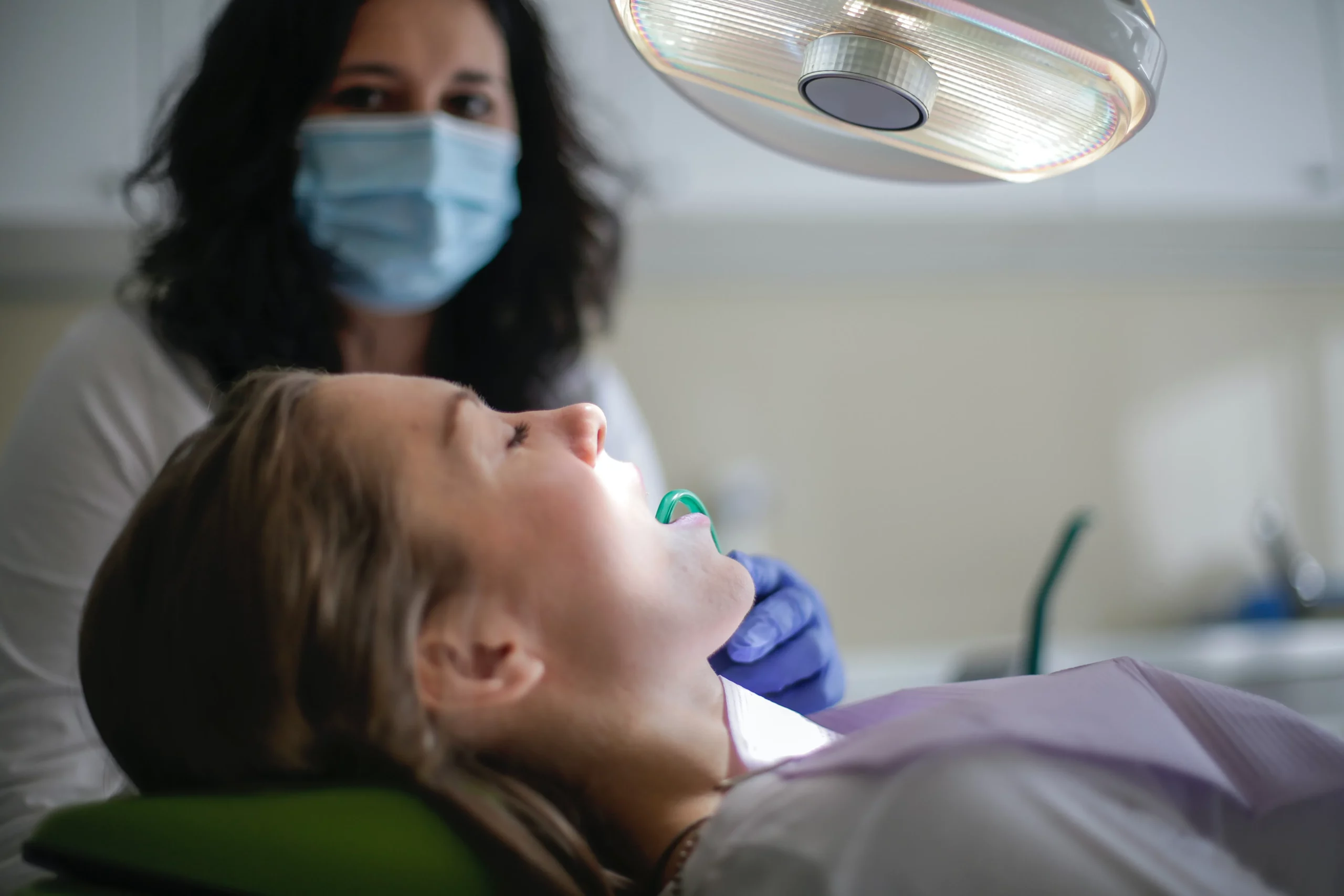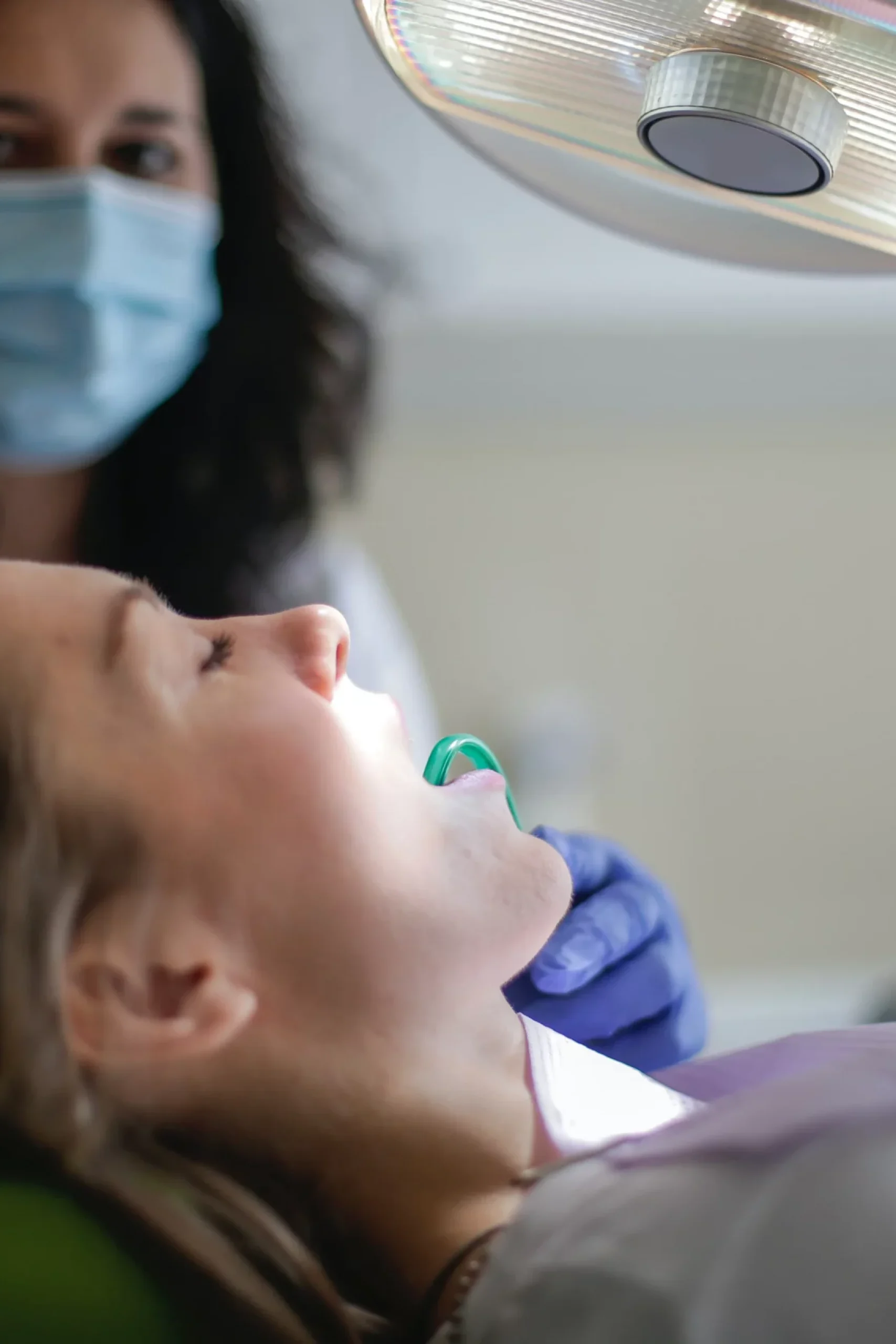Sedation
Dentistry
Snooze ‘n Smile
More reasons to Smile!
Sedation Dentistry In Lincoln, CA
SEDATION DENTISTRY
At Make A Smile Dental, we understand that some children may struggle with dental procedures due to anxiety or special needs. That’s why we offer specialized pediatric sedation dentistry options, suitable for these situations.
Our exceptional team at Make A Smile Dental includes board-certified pediatric anesthesiologists and experienced pediatric sedation dentists, all of whom hold extensive qualifications in the specialized field of child sedation dentistry. Regardless of whether your child’s treatment takes place in our well-equipped dental office or a hospital facility, rest assured that they’ll receive top-tier dental care. We strive to ensure their dental experience is without the usual negative connotations, replacing anxiety and fear with comfort and confidence.
WHAT ARE THE MOST COMMON TYPES OF SEDATION?
Pediatric dentists provide a range of sedation options, each with its unique advantages. To recommend an appropriate sedation method, the dentist evaluates the child’s medical history, anticipated procedure duration, and comfort level.
Conscious sedation, which allows children to consistently interact, obey commands, and cooperate throughout the procedure, is commonly used.
The major conscious sedation techniques include:
- Nitrous oxide sedation: Often referred to as “laughing gas”, nitrous oxide may be suggested for children who display noticeable signs of anxiety or nervousness. It’s administered through a mask placed over the child’s nose, always mixed with oxygen to ensure comfortable breathing. This method induces relaxation rapidly and can generate feelings of happiness and euphoria. It’s painless, fast-acting, and wears off within minutes. Before removing the mask, the dentist provides pure oxygen for a few minutes to eliminate the gas from the child’s system. Occasionally, it might cause nausea, so it’s usually recommended to limit food intake before the appointment.
- Oral sedation: This option might be provided for uncooperative children, those with significant anxiety, or those who can’t control their muscles for extended periods. Oral sedatives, available in forms such as tablets, pills, and liquids, may induce drowsiness. If these are used, dentists might advise parents to prepare the child before the visit. Typical preparations include restricting food and fluid intake, ensuring the child wears comfortable clothing, and planning to stay with the child for a few hours post-appointment. Serious side effects from oral sedatives are rare, with nausea being the most common.
- Other conscious sedation methods: Less commonly, sedatives may be administered through intravenous sedation (IV sedation), suppositories, or nasal sprays. While the delivery method may vary, the sedative’s chemical composition usually remains consistent.

4 Benefits of Dental Sedation
Less Fear, More Comfort
- Anxiety Relief: Sedation promotes calmness, enabling successful treatments.
- Reduced Gag Reflexes: Mild sedation, such as Nitrogen oxide, mitigates gag reflexes.
- Efficiency for Multiple Procedures: Sedatives aid in lengthy or numerous procedures.
- Help for Special Needs: Modern sedation techniques, like N20 masks, reduce discomfort for special needs patients.
4 Benefits of Dental Sedation

Less Fear, More Comfort.
- Anxiety Relief: Sedation promotes calmness, enabling successful treatments.
- Reduced Gag Reflexes: Mild sedation, such as Nitrogen oxide, mitigates gag reflexes.
- Efficiency for Multiple Procedures: Sedatives aid in lengthy or numerous procedures.
- Help for Special Needs: Modern sedation techniques, like N20 masks, reduce discomfort for special needs patients.
How can we help you?
Frequently Asked Questions
Yes, when administered by a trained professional, dental sedation is generally safe for children. Risks are minimal but do exist, and your dentist will discuss these with you prior to the procedure.
Dental sedation is typically used for lengthy procedures, for children who have a lot of anxiety about dental visits, for those with special needs, or for procedures like surgery that can be uncomfortable or distressing.
Side effects can include drowsiness, dizziness, nausea or vomiting, and sometimes emotional upset. These are generally temporary and resolve within a few hours after the procedure.
Coverage varies depending on your insurance plan. It’s important to check with your insurance provider to understand what is covered and what out-of-pocket costs you may need to pay.

